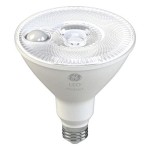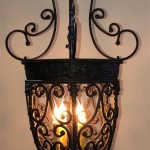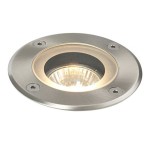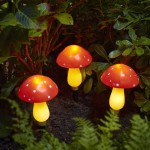Essential Aspects of Lighting for Outdoor Photography
Lighting plays a crucial role in shaping the atmosphere, mood, and overall impact of any photograph. Outdoor photography, in particular, presents unique challenges and opportunities when it comes to lighting. Here are several essential aspects to consider to enhance your outdoor photographs:
Golden Hour and Blue Hour
The golden hour and blue hour are the periods around sunrise and sunset when the sun's rays cast a warm, soft glow. These times offer the most flattering light for outdoor portraits, landscapes, and cityscapes. During the golden hour, the light is warm and directional, creating beautiful shadows and highlights. The blue hour, on the other hand, offers a cooler, ethereal light, perfect for capturing moody and atmospheric scenes.
Natural Reflectors and Diffusers
Natural elements such as water, sand, and white surfaces can be used as reflectors to bounce light back onto your subject. This technique can help fill in shadows and create a more balanced exposure. Diffusers, like clouds or foliage, can soften harsh sunlight and reduce contrast.
Control of Shadows and Highlights
Shadows and highlights define the shape and texture of objects in your photo. Direct sunlight can create harsh shadows, while overcast conditions provide even illumination. Use your camera's exposure settings to adjust the balance between shadows and highlights. You can also use reflectors or diffusers to modify the light's direction and intensity.
Composition and Placement
Proper composition and subject placement can significantly impact the effectiveness of your lighting. Position your subject with the light source at the appropriate angle to create the desired mood and atmosphere. Experiment with different vantage points and perspectives to find the best lighting conditions.
Artificial Light Sources
In low-light conditions, artificial light sources can supplement natural light. Use flash or strobes to fill in shadows or create highlights, but be careful not to overpower the natural light. LED lights can also be used as continuous light sources for outdoor portraits and nighttime photography.
Experimentation and Observation
Outdoor photography requires experimentation and close observation of the changing light throughout the day. Don't be afraid to try different techniques and settings to see what works best for your subject and environment. Pay attention to the direction and intensity of the light, and adjust your exposure and composition accordingly.
Conclusion
Lighting is an essential aspect of outdoor photography, influencing the mood, atmosphere, and overall impact of your images. By understanding and controlling the light, you can create stunning and captivating photographs that showcase the beauty of the natural world.

Help The Sun Using Artificial Light In Outdoor Photography Learn By Zoner Photo Studio

The Best Lighting For Outdoor Photography Focus

How To Mix Ambient Light And Fill Flash For Outdoor Portraits

The Best Lighting For Outdoor Photography Focus

Pin By David Casimer On Photography Ideas Lighting Setup Portrait Studio
Indoor Outdoor Lighting Setups Simple Diagrams For Learning Photography

Lighting Set Ups Portrait Photography Essentials Outdoor

Outdoor Natural Light Photography Tips Portrait Shoot Overlight

Applying The 3 Light Studio Setup To Outdoor Portraits

Using Lights For Outdoor Night Time Portrait Photography
Related Posts







